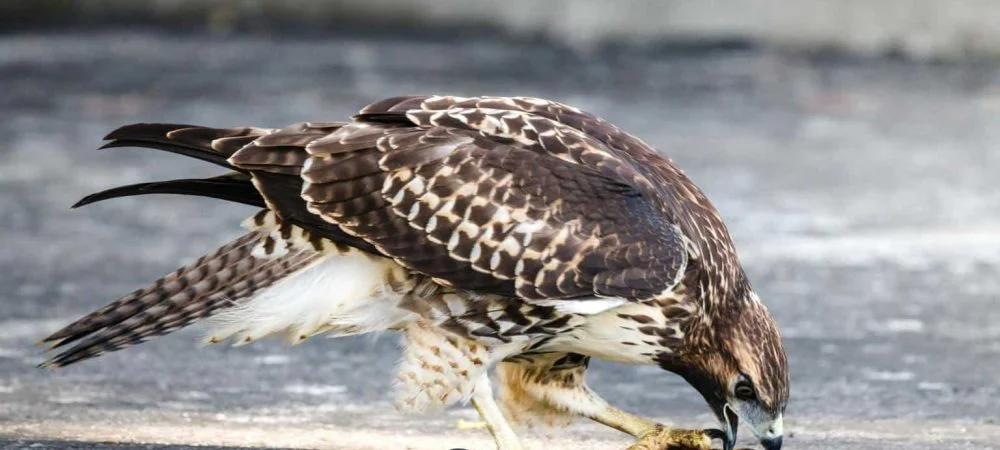
Want to learn more? This book on the Birds of Prey of North America is a fantastic read!
Connecticut is a western state on the border of the United States of America and is home to 8 different species of hawk.
It has a temperate climate with warm summers and mild winters make it an ideal spot for certain species of wintering birds.
There are also many places where you may find these birds including the 139 state parks and the 2 different national parks that can be found throughout Connecticut.
When and where you can see these hawks in the state differs, so let’s have a look at these different species in detail.
Want to attract birds of prey to your yard? Take a look at our article!
What Hawks can be seen in Connecticut?
Table of Contents
1. Sharp-Shinned Hawk
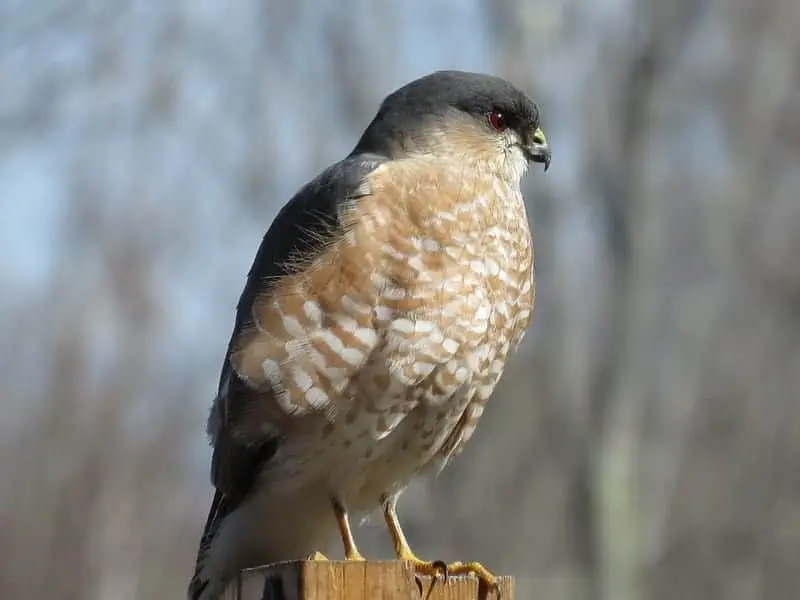
“Sharp-Shinned Hawk” by ‘Dennis Murhpy‘ is licensed under CC BY 2.0
Wingspan
43-56cm
Weight
87-218g
Life Expectancy
3 years
Diet
Robins and Thrushes
These hawks have very contrasting colours, their backs and wings are very dark whilst their bellies are strikingly pale.
These birds will rarely stay in areas of low cover and will only nest in dense and mature forests if they cannot find anywhere else to nest.
Sharp-shinned Hawks are classified as pursuit hunters, they have a varied diet but most often consume small species of songbirds.
During their breeding seasons these birds hunt a lot less to reduce their risk of predation from larger species of hawks and raptors.
The breeding pairs of this hawk will only have one brood per season, these broods contain 3-8 eggs and breeding pairs will remain monogamous to one another.
Some individuals of this species make their nests in Connecticut year-round, however others only come into the state outside of their breeding seasons.
You are most likely to see one of these birds in winter and most of the sightings of this species have been in the south west of the state.
2. Cooper’s Hawk
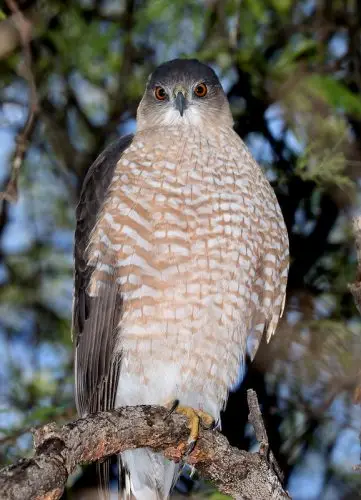
Wingspan
62-90cm
Weight
330-680g
Life Expectancy
Up to 12 years
Diet
Small Birds, Mice & Squirrels
Cooper’s Hawks are medium in size for a hawk, but they do have a comparatively large head.
The red feathers on their bellies and breasts form a barred pattern and their back wings have feathers of a slate grey colour.i
In recent years, more sightings of these birds have been recorded in suburban areas and in leafy parks.
However, they still prefer to nest primarily in thick, dense forests. These birds mostly consume small mammals and hunt from the air.
Males and females of this species will build their nests together after the male has performed a bowing display for her. Not a lot else is known about their breeding behaviours.
With their incredibly wide range, it is likely no surprise that these hawks can be seen in all regions of Connecticut and many are year-round residents in the state.
They are most commonly seen outside of their breeding season as numbers increase in Connecticut during these months. Most of the recorded sightings of this bird have been in the south of the state.
3. Northern Goshawk
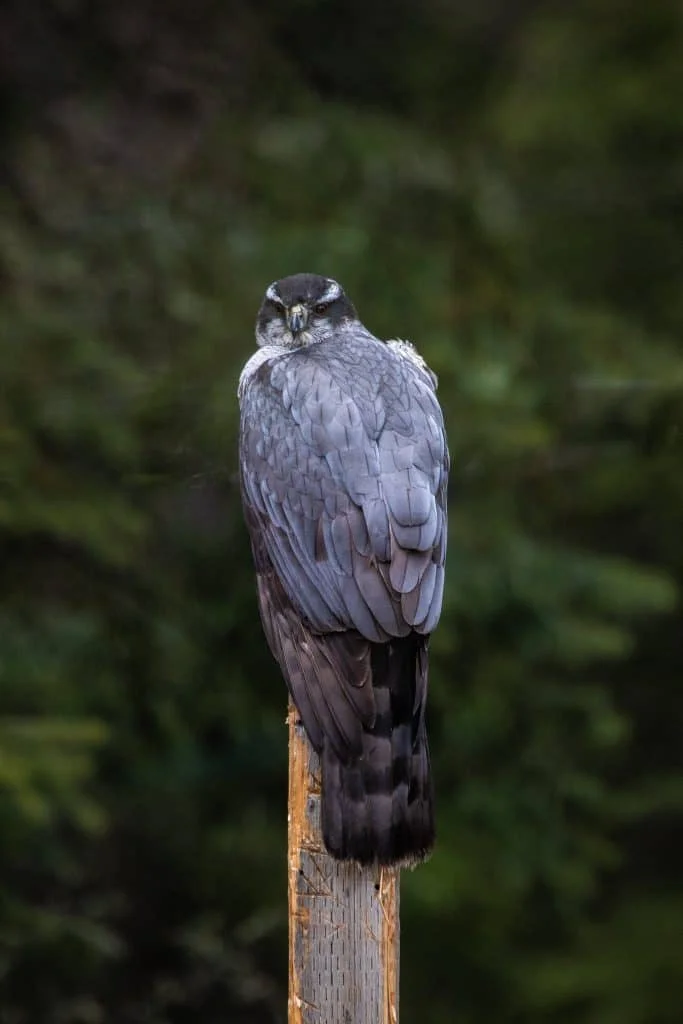
Wingspan
89-127cm
Weight
631-1364g
Life Expectancy
7 Years
Diet
Mammals, reptiles & insects
The Northern Goshawk has similar colour patterns to other hawk species, with a pale belly and a dark back and dark wings.
These hawks will make their nests in the canopy layer of trees and are usually found in areas of dense hardwood forests.
They will hunt using gliding flights but will occasionally also pursue their prey on foot.
They have a very wide range of prey which includes birds, small mammals and amphibians. After forming a breeding pair, the individuals will perform a sky dance together.
They also remain monogamous to one another and will sometimes produce up to 500 eggs per clutch.
As suggested by the name, these birds are more commonly seen to the north.
Some individuals will stay in the state of Connecticut throughout the year whilst others will only come into the state outside of their breeding seasons.
They have been recorded in all areas of Connecticut, but most of the sightings of this hawk appear to be in the southern half of the state.
4. Red-Shouldered Hawk
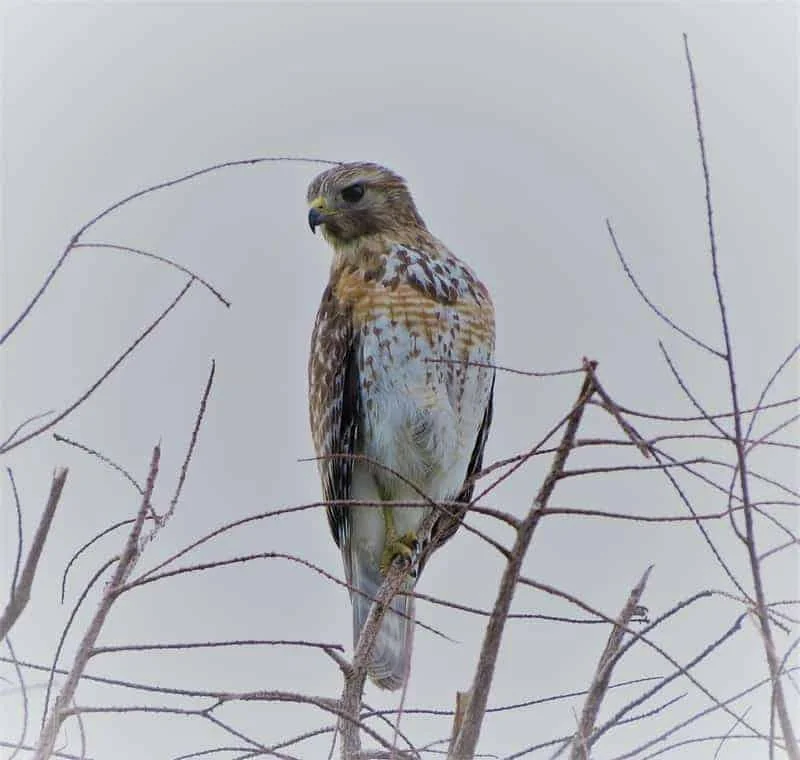
Wingspan
94-111cm
Weight
486g-774g
Life Expectancy
2 years
Diet
Small mammals, reptiles & amphibians
Red-shouldered Hawks are covered in a variety of dark and pale feathers with their upper backs being a rusty brown colour.
They have medium sized bodies, and their underbellies and breasts are covered in warm brown feathers.
These hawks will always nest in dense woodland areas, but most will nest in woodlands close to swamps if they are able to.
Their prey mostly consists small mammals and search for their prey by hovering in circles.
Red-shouldered hawks are very territorial birds and have been known to not only attack Great Horned Owls and Crows, but also humans that move too close to their nests.
This aggressive behaviour increases during the breeding season.
Males of this species have a mating display made up of a series of dives that is referred to as a ‘sky dance’.
These hawks can only be seen in the western states and are therefore year-round residents in the state of Connecticut.
You are able to see these birds in all regions of the state and are most active during their breeding seasons.
Most of the recorded sightings of this bird have been in the central regions of Connecticut.
5. Broad-Winged Hawk
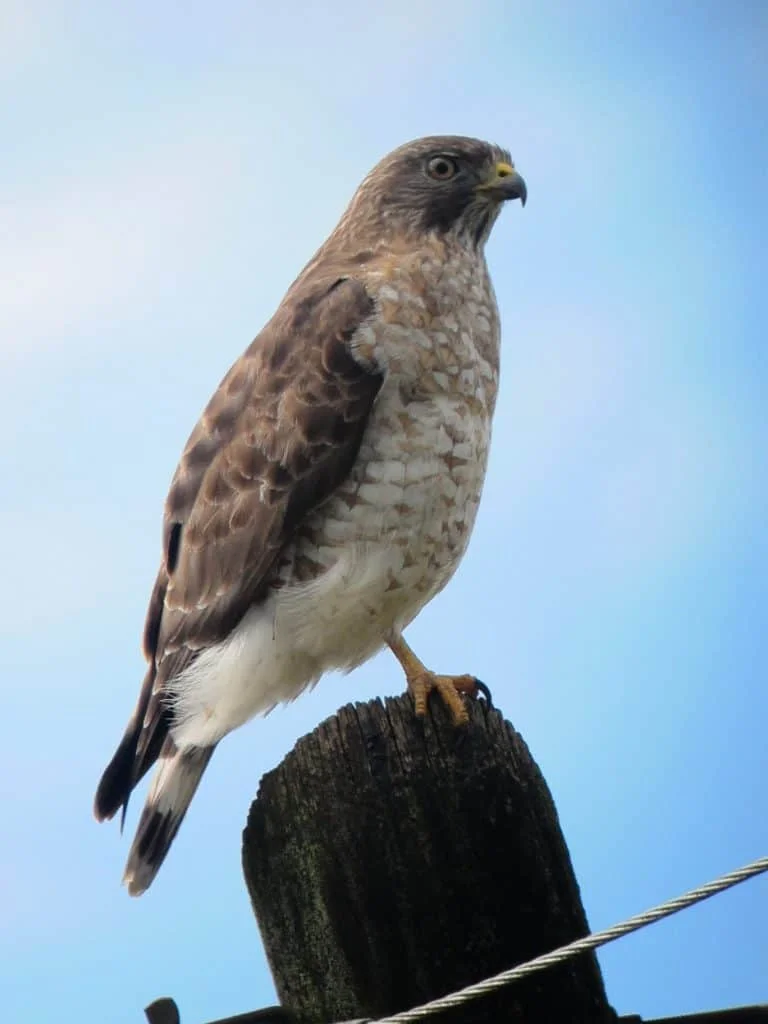
“Broad Winged Hawk” by ‘Felipe Uribe‘ is licensed under CC BY 2.0
Wingspan
81-100cm
Weight
265g-560g
Life Expectancy
Up to 20 years
Diet
Small mammals & insects
These hawks get their name from their most identifiable feature, which is the round, broad shape of their wings.
Their bellies are covered in pale feathers and brown feathers that cover their wings and heads.
These hawks have been seen in a variety of woodlands, but they appear to prefer staying in woodlands close to areas of water.
Broad-winged hawks like to be as far away as they can from human activities and landscapes so you will not see them in urban areas.
Some of these hawks will mate with a different individual each year whilst some will form long term breeding pairs, but they are all monogamous in the breeding seasons.
Even if they stay together for several years, breeding pairs will not interact with one another outside of the breeding seasons.
As these hawks are migratory, they cannot be seen in Connecticut throughout the year.
However, they move into the state during their breeding seasons and they have been sighted across all areas of the state.
They will leave the state for winter but have most commonly been recorded in the north west of the state.
6. Red-Tailed Hawk
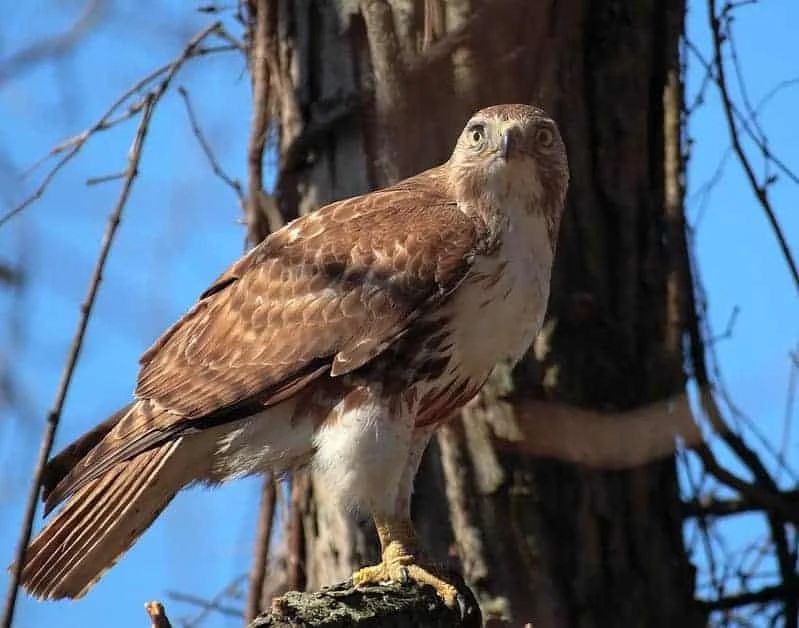
Wingspan
114-133cm
Weight
900-1460g
Life Expectancy
10-15 years
Diet
Small mammals, mice & voles
These birds don’t have vivid red tails, but their tails have a red appearance from the rusty brown covered feathers that form them.
You are most likely to see an individual of this species in areas of open woodlands, though they have been known to nest in more dense areas if necessary.
When it comes to their territory, these birds are very defensive and can be very aggressive with other birds that come too close into their nesting areas.
They have been known to get into fights with and chase off other hawks, eagles and certain species of owls.
These hawks are monogamous, and they will only mate with another individual if their partner dies.
For many hawks, the death of an individual is the only chance they have to enter and claim a territory.
The Red-tailed hawk has the widest range of any hawk across the USA.
They are also the most abundant and have been recorded in all regions of Connecticut. You can see these hawks year-round as they are permanent residents of Connecticut.
This hawk has been most frequently sighted in the central regions of the state.
7. Rough-Legged Hawk
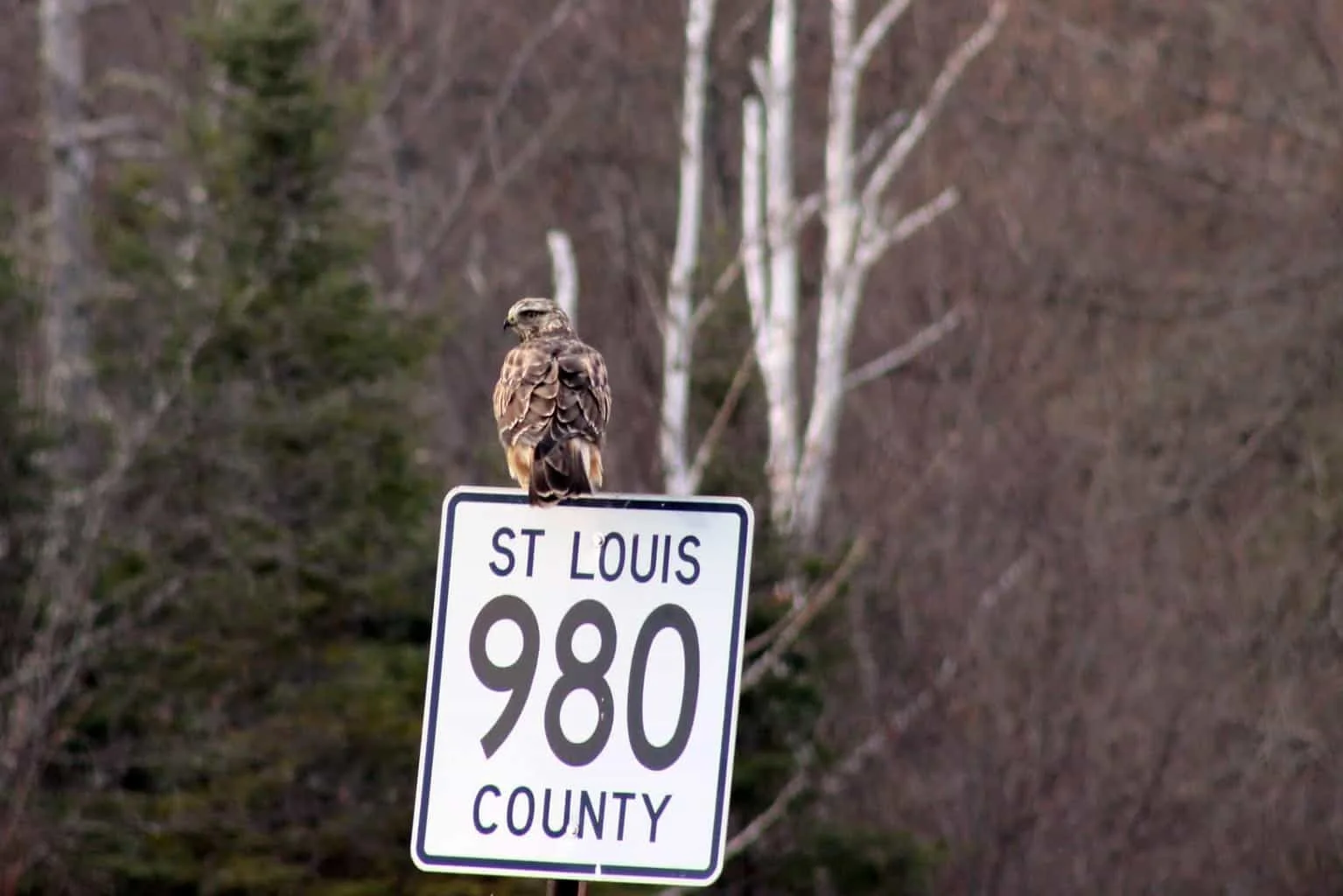
Wingspan
132-138cm
Weight
715-1400g
Life Expectancy
Up to 18 years
Diet
Small rodents
These hawks are one of the larger hawk species and are known for their ‘rough’ legs which get their name because of the messy smattering of feathers that cover them.
Rough-legged Hawks will almost always nest in open areas of land, most commonly they are seen in open grasslands.
These hawks are active through the day, and they will spend most of their time hunting during the hours of dawn and dusk.
Whilst these birds stay monogamous during their breeding seasons, they only have minimal courting displays that appear to be quick and effective.
Outside of breeding seasons, mating pairs have sometimes been observed nesting in their wintering grounds together.
These birds are migratory and are therefore not seen in Connecticut throughout the year.
They are only seen in the state outside of their breeding seasons, most commonly being recorded in the winter months.
They can be seen in all regions of the state but most of the sightings of this bird have been in the western half of the state.
8. Northern Harrier
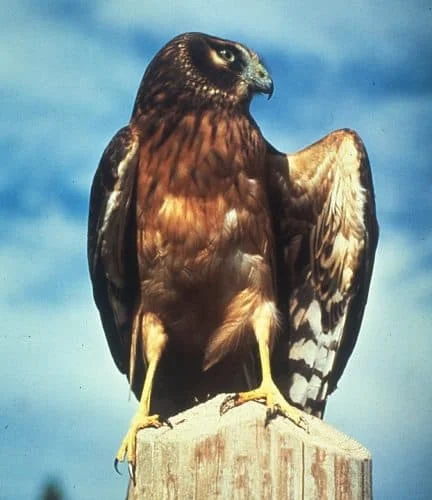
Wingspan
120cm
Weight
390g
Life Expectancy
16 years
Diet
Rodents and small birds
This hawk has a white belly littered with small brown patches of feathers and wings covered in dark slate colours.
These birds only make their nests in areas of low vegetation and usually are seen in open grassland and wetland areas.
Northern Harriers use their hearing when they do most of their hunting, a large portion of their prey consists of small mammals such as voles.
These birds are not always monogamous, though most males only mate with one or two individuals per breeding season.
Both males and females become defensive of their nests, males tend to chase away other males whilst the females focus on defending their nests from other females.
You can only see these birds in the state of Connecticut outside of their breeding seasons.
Most commonly they have been seen in the winter months. Their range encompasses all of the state and they have been most commonly recorded in the south of the state.

More Articles.
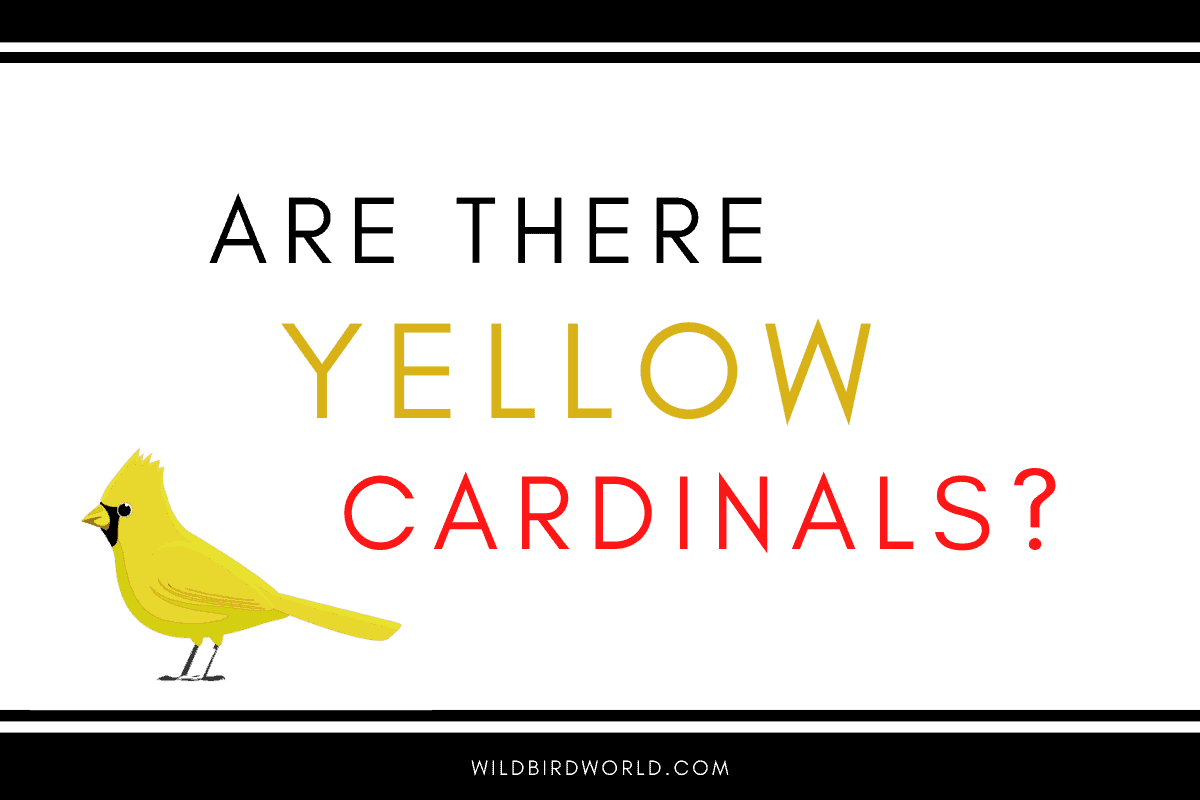
Birds are known to come in many different colors. Even birds of a similar species
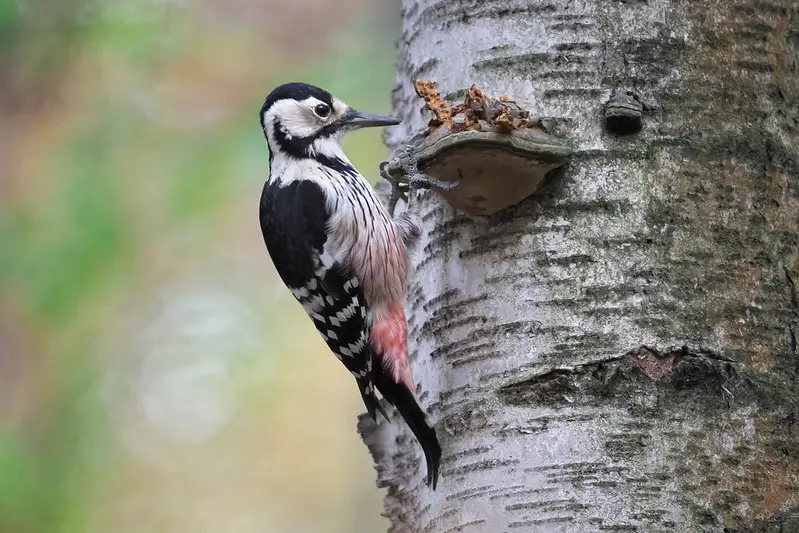
What Woodpeckers can you see in Germany? (8 Species with Pictures & Sounds)
What woodpeckers can you see in Germany? There are 8 different species of woodpecker that
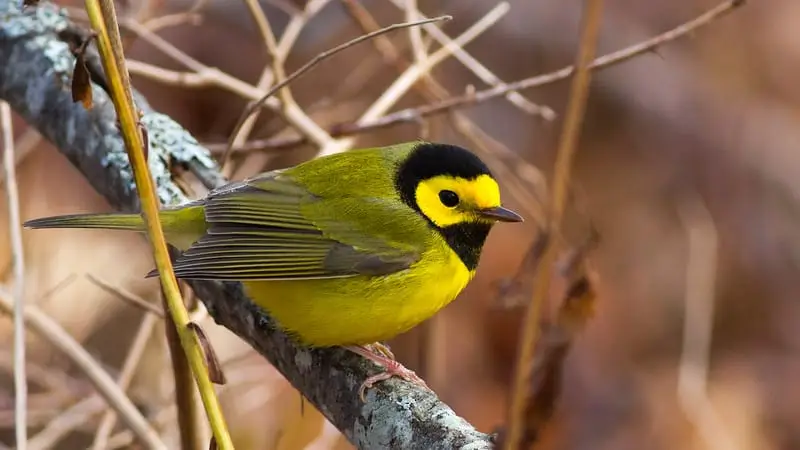
North American Birds with Yellow Bellies (34 Species with Pictures and Sounds)
Canada and America are filled with many wonderful birds with yellow bellies – in fact,

About Us
We are avid bird-watchers who recently retired, allowing us more time to travel the world. Fortunately, we have managed to visit numerous countries around Europe, Asia, and America. Watching and photographing birds has been a passion for many years and we are making the most of the extra time on our hands!
